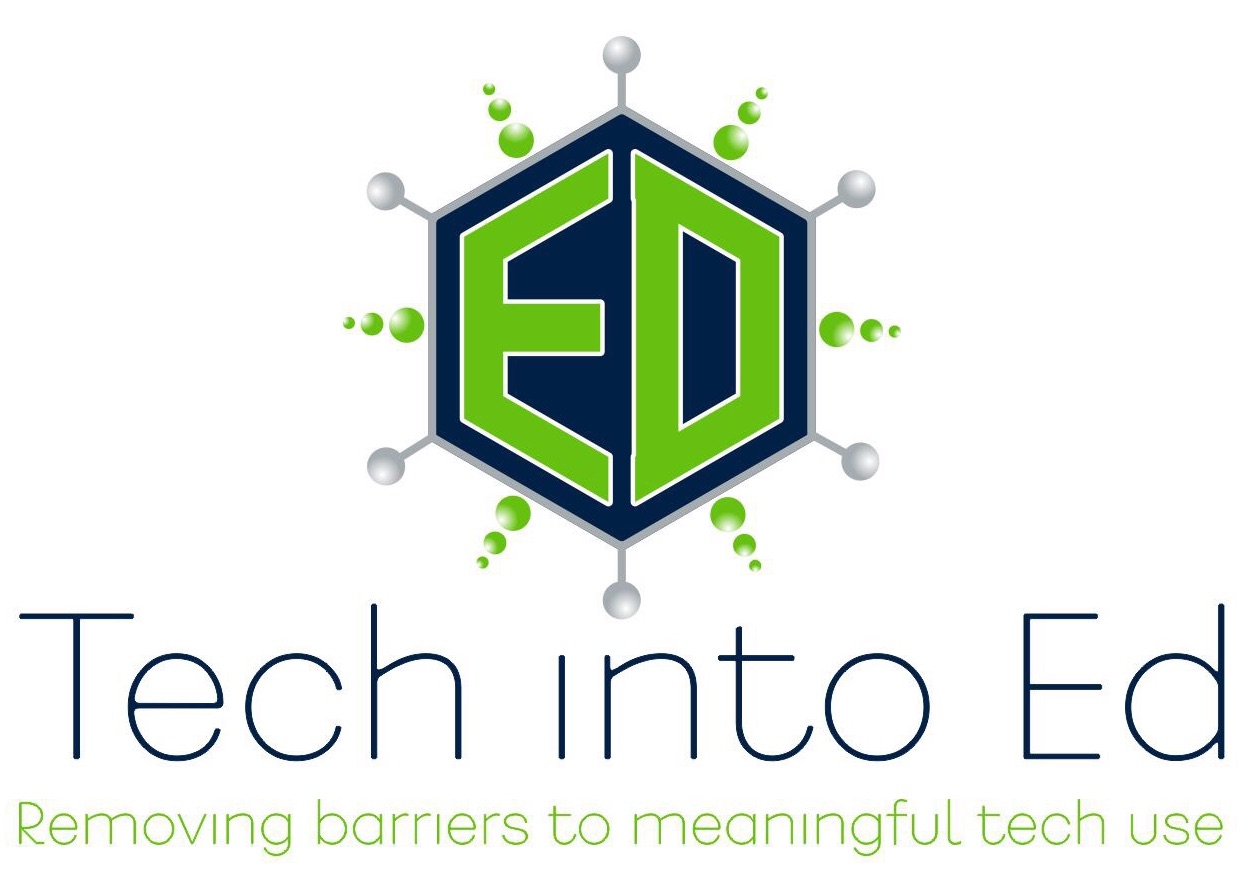I Am Tech Fluent. Are You?
In his last post on Getting Tech Into Ed, Dale asked readers when we can stop treating technology like it is an add-on to our work as educators. The point is well made and has caused me to reflect on why this "tech first" mindset dominates the conversation when we talk about innovation and new instructional practices.
My experience as a student learning Spanish fits well here. I took four years of Spanish in high school. I even spent two weeks in Mexico surrounded by native Spanish speakers. Yet, when I arrived to college and realized I had to take Spanish to earn my teaching degree, I freaked out. I knew very well that I could not understand, speak, read, or write Spanish. I bombed my introductory Spanish class and narrowly escaped my summer re-take of the exact same course. (This, by the way, is NOT reflective of my academic story in any other coursework I completed.)
How is it that I could have invested that much time into learning a language and yet walked away with nothing more than a dwarfed vocabulary of random words and a few notable catch phrases that I probably am not using in the appropriate context?
The reality is I was not striving to become fluent in Spanish. My goal was simply to pass; to jump through the hoops to get to my goal of going on a trip, graduating, and earning a degree. The Spanish coursework was simply a stepping stone to where I wanted to be, not an opportunity to learn a second language, grow culturally, and open an avenue for communicating with a whole world of people who speak a language other than English.
Something in the answer to this question ties closely to my thoughts on why so many educators struggle to move beyond the view of technology as an add-on to educating students.
Learning to utilize technology for any purpose, including for instructional use, can be a lot like that learning a foreign langague. In our district we spend a significant amount of time sharing the SAMR Framework with our teachers. We celebrate movement and growth as it relates to the use of technology to push innovative instructional practice in the classroom. However, the use of technology for the sake of using technology (categorized as Substitution in SAMR) is not a practice or mindset we encourage teachers to commit to long-term. Using technology to do things you could very well do without technology is a necessary first step, a place where the journey to more meaningful uses of technology begins. (Kind of like learning to say things to friends in Spanish that I could just as easily say to them in our native language wasn't the real purpose for learning the language.)
It is in the Substitution and early Augmentation phases where users become increasingly "tech fluent." They start building basic vocabulary, exploring the structure of software and apps, developing confidence, finding some minor successes, and asking questions about what is possible. They begin to learn lessons of what works and what to avoid when it comes to using technology. They begin to experience the early advantages of their commitment to become fluent in the language.
This stage of learning a new language or skill set is delicate. This is where patience, support, and guidance become so important. It is in these early stages where technology users can gain momentum or lose a sense of purpose entirely. This is the point where we can help people to see that once they become proficient in their use of technology (as well as their willingness to take risks and try new practices), the possibilities are boundless for them and their students. It is also the point where we can allow them to flounder, lose focus, and begin to view the use of technology as just another way to do what they have always done.
In this light, I acknowledge that my acquisition of a second language has been stunted in Substitution for well over a decade. By this point in my journey I should be fluently conversing with parents and students in my district who are English Language Learners. I should be confidently planning trips to Spanish speaking nations with little concern about a language barrier. I am not doing this today, though, because I did not commit to meaningfully learning the basics so that I could access the full advantages of being fluent.
In a world where technology has impacted every facet of life, where opportunity and possibility have few limits for those who are fluent in the use of technology, and where the use of technology is flooding academic institutions and experiences across the world, what will your story of "tech fluency" be in just a few years? If you invest the time to learn to meaningfully use the technology today, what possibilities will exist for you and your students once you have "learned the language?" It is worth the investment of time and energy today, but not for the purpose of jumping through hoops or fulfilling PD requirements. Instead, make the investment because you and your students deserve to have all of the amazing educational opportunities that exist (both with and without the use of technology).
In making this commitment, find supportive people who will aid you in your journey. If you do, I guarantee that in relatively short order you will become "tech fluent" and you will be able to see well beyond the technology. You will instead start focusing entirely on what matters and what we all care most about: student learning!
